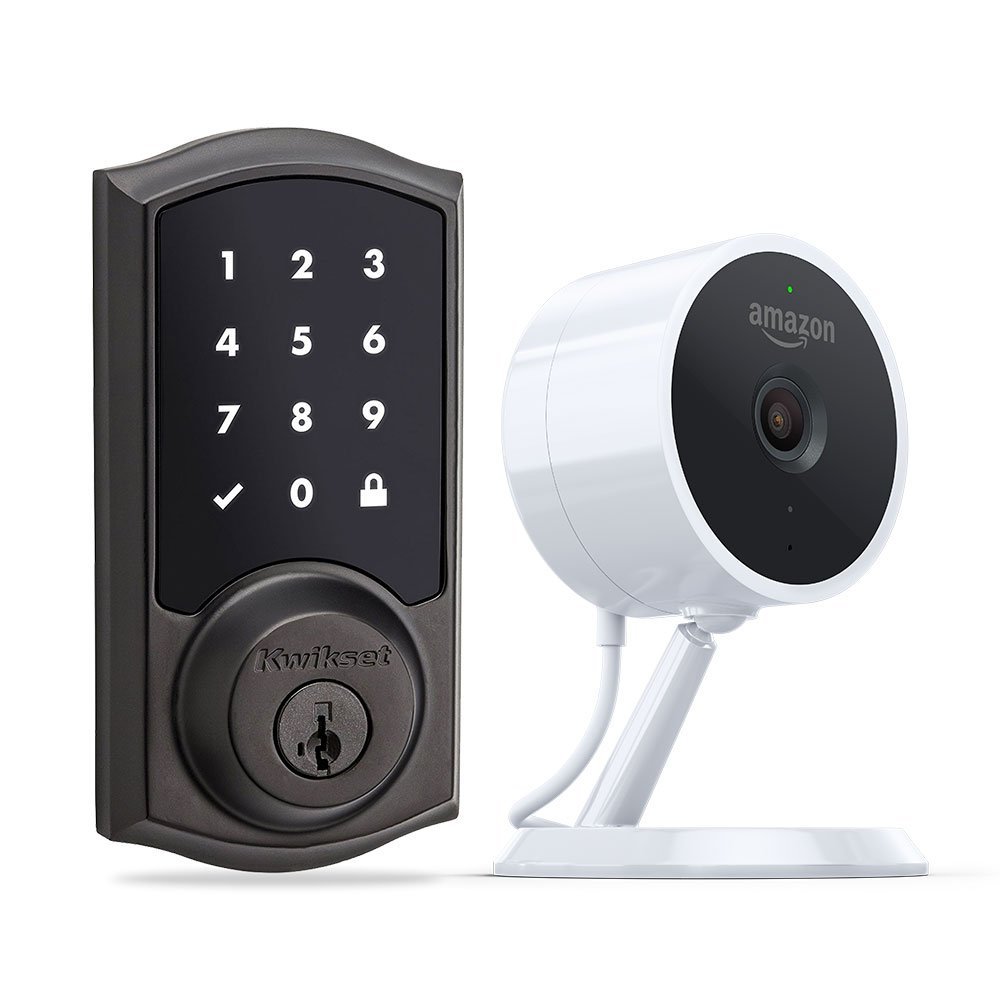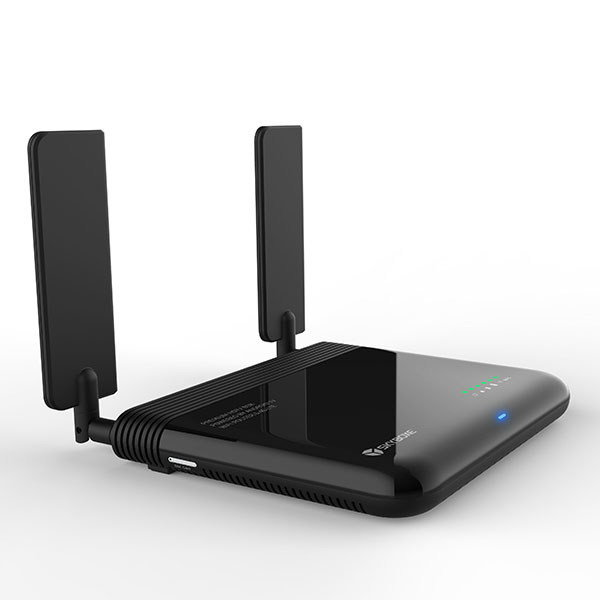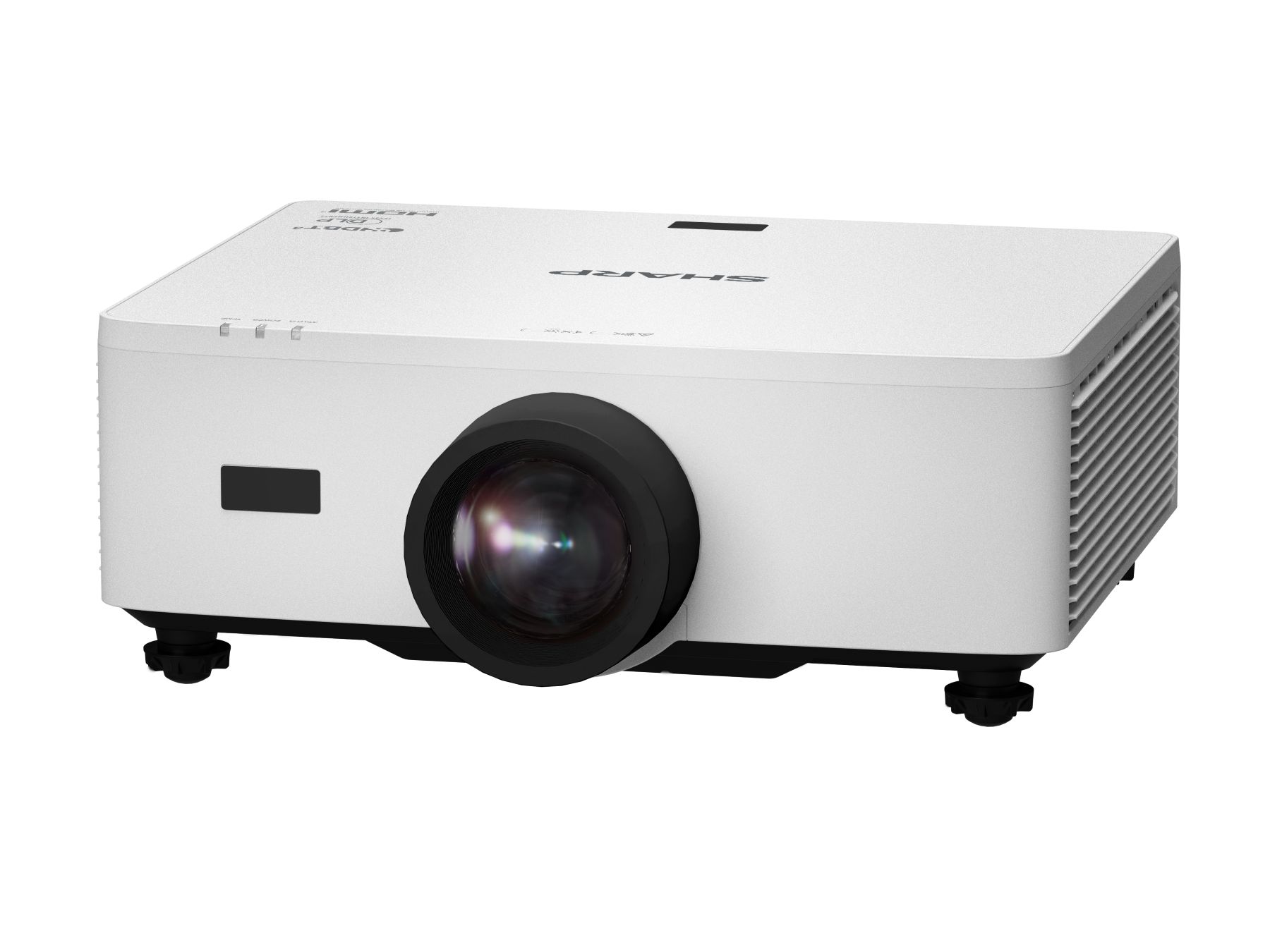Global Collaboration Leads to New Discoveries in Lightning Research

A group of researchers from the University of Bergen (Norway), the U.S. Naval Research Laboratory (NRL), and three NASA centers have just completed a month of flights to study lightning and the vast energy fields around thunderclouds in our atmosphere. Their new observations will help scientists gain further insight into how lightning forms and help them better predict when storms could turn severe.
With operations based out of Tampa, Florida, the ALOFT field campaign logged approximately 60 hours of flight time across Central America and the Caribbean. The team used NASA Armstrong’s ER-2 aircraft to fly near thunderclouds as tall as 18 kilometers (10 miles) in altitude in order to measure gamma-ray glows and flashes produced by the electric fields of thunderclouds. ALOFT is short for Airborne Lightning Observatory for Fly’s Eye GLM Simulator and Terrestrial gamma-ray flashes. The campaign included researchers and flight crews from the University of Bergen, NRL, NASA’s Armstrong Flight Research Center, NASA’s Marshall Space Flight Center, and NASA’s Goddard Space Flight Center.
Led by Nikolai Ostgaard of the University of Bergen and using new and recently upgraded lightning instrumentation, the team was able to capture the most detailed airborne analysis of gamma-rays and thunderclouds ever recorded. One of the reasons was the University of Bergen-Bismuth-Germanium-Oxide (UIB-BGO) gamma-ray detector instruments, which collected and downloaded real-time data, allowing researchers to instruct the ER-2 pilot to return to a glowing thunder cell if it continued to glow.
“Within a thunderstorm, there’s a huge electric field that can cover a large area within the thundercloud,” said Ostgaard, who has been studying gamma-ray flashes and the electric fields within thunderclouds since 2005. “Once the electric field accelerates free electrons, they produce the gamma-ray radiation, which creates a glow throughout the entire thunderstorm.”
There are two types of gamma-ray radiation emitted from thunderstorms: gamma-ray glows and terrestrial gamma-ray flashes. The glow can last from hours to minutes, so the team is working to determine how long these glows last on average. They also are investigating if there’s a relationship with the terrestrial gamma ray flashes, which are very short bursts of gamma rays that occur from specific points within the thundercloud.
Teams from NASA Marshall and NASA Goddard also added instrumentation to the ER-2 aircraft to observe other wavelengths emitted by thunderclouds. For instance, Timothy Lang and Mason Quick of Marshall, with support from the University of Alabama Huntsville and partners, flew their Fly’s Eye GLM Simulator (FEGS), which has been substantially upgraded since it was last flown in 2017.
“FEGS optical sensors capture different wavelengths, such as near infrared and ultraviolet radiation from lightning, that are not captured by current satellites,” said Lang. “These smaller, less dense flashes are known as precursors of when storms are turning severe. FEGS could help scientists see when storms are strengthening and provide extra lead time of information to keep the public safe from the threat of lightning.”
The partnership with the University of Bergen was also beneficial for future NASA missions, Lang noted. “We were able to add some additional instruments that can help with forthcoming missions and could help NASA build the next generation of lightning instrumentation.”
NASA has been developing cutting-edge lightning instrumentation for decades. In the 1980s, a NASA Marshall team including Hugh Christian, Richard Blakeslee, and Steve Goodman develop one of the earliest space sensors for optical lightning detection. Later teams led by Marshall and the University of Alabama in Huntsville built the Optical Transient Detector, which was active from 1995 to 2000, and the Lightning Imaging Sensor (LIS), which was flown on the Tropical Rainfall Measuring Mission from 1997 to 2015. A second LIS was launched to the International Space Station in 2017 and remains active. The Marshall team also contributed to the commercially built Geostationary Lightning Mapper (GLM) aboard the National Oceanic and Atmospheric Administration’s Geostationary Operational Environmental Satellite (GOES-R) series.





